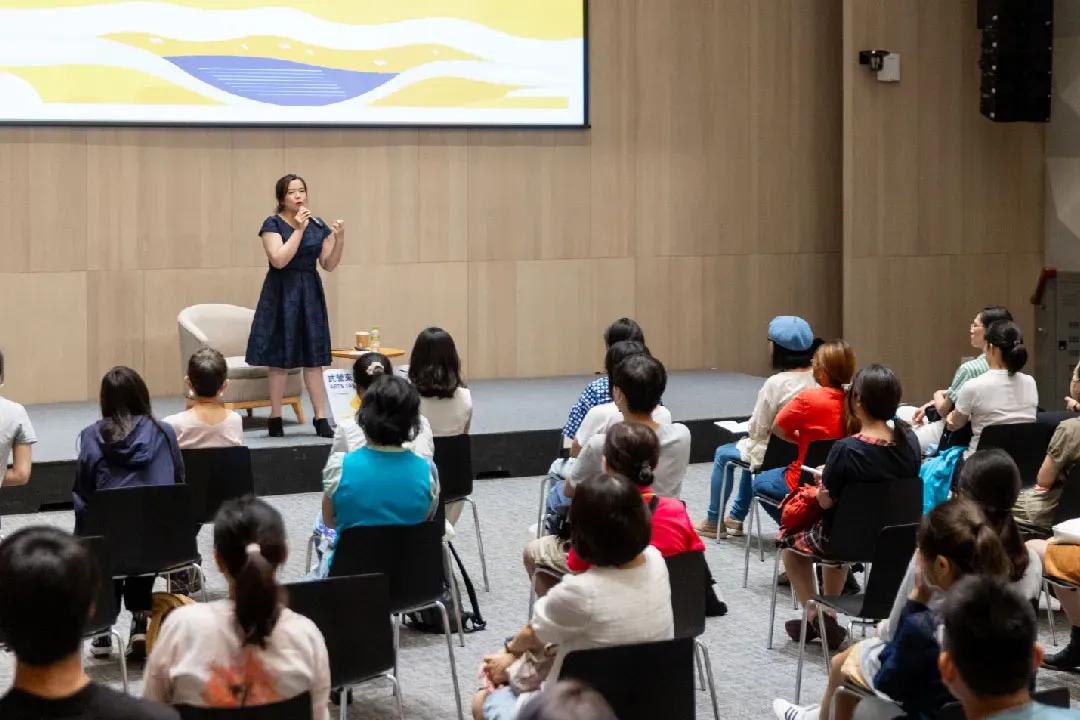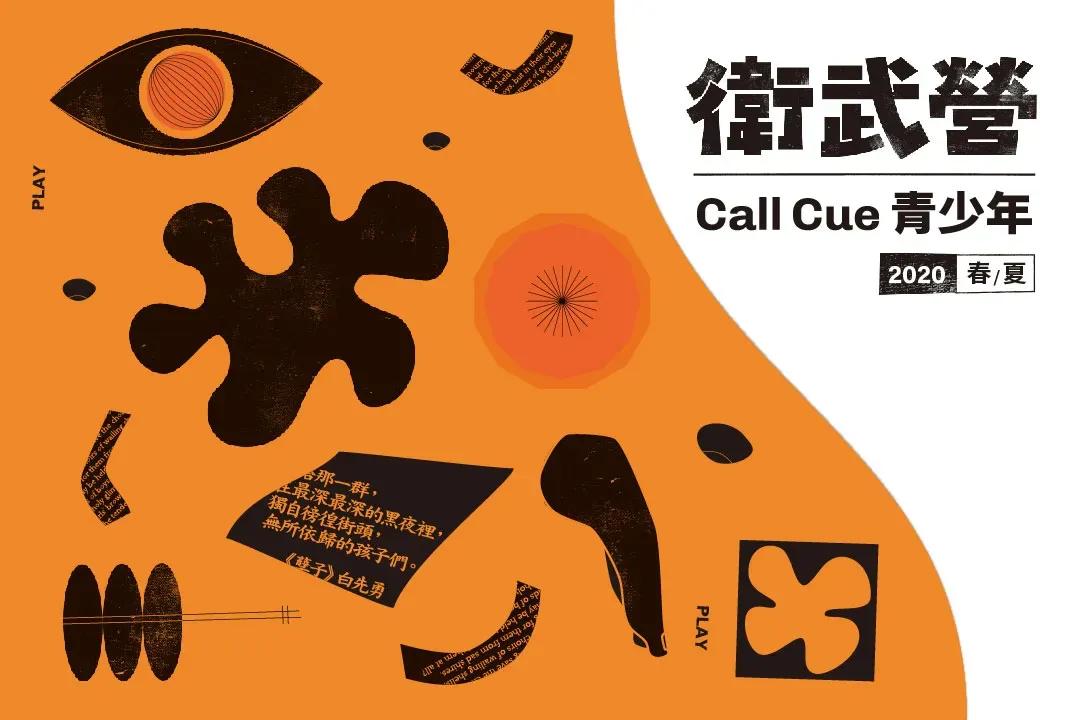April|The intervention of art in life : Integrating art into daily life for the healing power
May|Exploring Drama Therapy : Navigating the realm between reality and imagination.
June|Dance Therapy : Embracing the authentic emotions of the body.
Written by Stella Tsai
Embrace Artistic Companionship and Cultivate Self-Healing Power
Art therapy, a long-established professional practice, blends art with psychological therapy, gently providing artistic companionship that guides thought and helps people navigate life's transitions. In its second season, Arts Talk explores the healing aspects of art, theatre, and dance. It features LIAO Mei-Hui, a nurse specializing in art therapy and the director of teaching development at Art for All; WU Yi-Chieh, a drama therapist; and LI Meng-Huan, a dance therapist. Each expert brings their unique perspective, offering rich examples and engaging the audience in exercises that showcase the positive impact of art and encourage the cultivation of self-healing practices.
Self-Healing Power is the Key to Youth
LIAO Mei-Hui, a former nurse, began her journey with art in everyday life. Over her 12-year volunteer career, she started with picture books that combined art and reading, eventually expanding to Shin Kong Life Foundation's History Alive initiative. This project invited elders to share their life experiences with elementary school students, who then compiled these stories. The first group of elders included her parents, while the first listeners included her children.
Through intergenerational dialogue, LIAO observed a significant shift on both sides. Elders, often reserved, found a way to share their stories through questions and interactions. The younger generation learned about historical events, prompting them to ask their grandparents and fostering further connections. During the International Reading Festival, she invited elders to share (or draw) their stories through the Living Library, transforming these personal stories into various "books" for the audience. This activity helped piece together the life stories of elders with fading memories, preserving these stories for future generations.
While physical aging is inevitable, LIAO believes mental aging can be controlled. Art therapy not only slows dementia and revitalizes the brain but also alleviates the sense of hopelessness that can come with aging. By engaging in new experiences and interacting with others, individuals can prevent stagnation and embrace the rest of their life's journey with vibrancy.
Face Difficult Experiences through Role-playing
In a play, actions, space, characters, and an "audience" create a dynamic environment. Drama therapy harnesses this environment to help individuals address experiences they may be reluctant to face, facilitating trauma recovery. By "playing" through these experiences, participants can gain new insights and release suppressed emotions. Unlike traditional theater, drama therapy offers the freedom to create without the pressure of performing for an audience.
WU Yi-Chieh begins by leading participants in imagination exercises, introducing them to the basics of drama therapy. She uses adjectives for participants to act out, with others portraying their opposites. This role-play helps lower defenses and provides an introduction to drama therapy. Wu shares her experiences with the North American Drama Therapy Association in New York, where she used real-life situations for role-playing, allowing participants to reenact challenges they faced. Activities like charades helped break down language barriers and explore the background stories of immigrants. Through these simulations, participants can release emotions, enabling therapists to guide them in revisiting and exploring past difficulties and painful experiences.
Structured drama therapy and simulations allow individuals to express their issues, providing an opportunity to find solutions and make positive changes, achieving the goals of drama therapy.
Embracing Authentic Physical Emotions
Participants use their bodies as mediums to portray objects or characters, engaging in interactions without relying on language or conventional body language. The workshop begins with a physical activity to help participants connect with their current physical and mental state. This exercise facilitates meeting new friends or reconnecting with old ones, breaking habitual perceptions and fostering new relationships.
Dance therapy encourages the acceptance of all emotions, both positive and negative. LI Meng-Huan highlights that dance therapy fosters honest exchanges without words, setting it apart from other creative therapies. Participants experience genuine physical reactions, making it especially effective for teenagers who may struggle to express their true feelings. By paying attention to their bodily responses, participants can better understand the messages their bodies are conveying and gain deeper insights into their emotions.
LI concludes by sharing three healing movements that anyone can operate on their own. First, “Body Scan” involves imagining a drop of water flowing over your body while in a comfortable position, noticing where it gets stuck to reveal unnoticed tensions. Second, “Dream Exploration” encourages extracting 3 or 4 elements from a dream and embodying them, feeling the physical sensations they evoke to gain new insights into long-held feelings. Finally, “Movement Response” involves engaging in spontaneous movements without any assumptions, followed by reflecting on the actions and emotions experienced. This exercise helps process bodily sensations and emotional responses and can be done daily.
In summary, creative healing must be tailored to each individual's unique situation, as there is no universal solution with guaranteed effects. These gentle therapeutic methods are ideal for self-exploration and observation at home or any safe space, offering a valuable opportunity to cultivate self-healing abilities.
Arts is a summary of life experiences.
Arts Talk is a project which gathers together renowned artists from different fields such as music, theater or movie domains for sharing their thought about art with the public, telling us how art can communicate and resonate with its audience.
Creative work is like an extension of every incident in one's life. The accumulation of your everyday experience, the moments when your imagination runs wild, and your persistent cultivation of hobbies can all be the sources of your inspiration, enabling you to write stories that recount your memories of life.
So why not do some brainstorming to see which part of your life, no matter how trivial it is, can be turned into a work of art?
Arts Talk gives you an opportunity to interact directly with art and brings wonderful surprises into your life!




